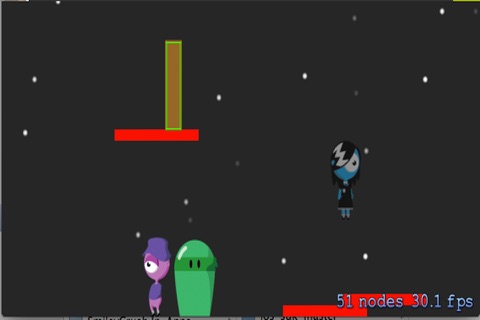
Free Game - Ghost Game app for iPhone and iPad
Developer: iApps Technology
First release : 30 Dec 2014
App size: 3.87 Mb
In this puzzler, you play as a ghost. The goal of this game is to help all the
people in a room escape. If any of these characters see you however, you lose
(because saving people is a thankless job.)
The main gameplay mechanic of this game is possession. As a ghost, you can
possess both animate and inanimate objects and move around in them. Although
this restricts your movement, it allows you to interact with the physical world
and guide characters out of the room. Here, well flesh out the three types of
objects the player can control--the ghost, moveable characters, and inanimate
objects. The player can only control one object at a time and switching forms
will is required to solve most puzzles.
When the ghost is possessing a character, it maintains all of its basic physical
properties (height, weight, shape, etc.) However, now, the player is able to
control the movement of whatever it is possessing or exert forces on it to make
it move. Below are descriptions of all the kinds of objects a player may
possess:
The ghost moves wherever the player touches on the screen. The only thing that
limits the ghosts movement is a barrier (i.e. a wall or a platform.) If there is
a barrier between where the player touches and the ghost, the ghost stops at
the point where the barrier intersects the straight line between the touch and
its original location. The ghost is not effected by gravity or any other
physical object other then barriers. Also, the ghost sprite is not present on
the screen in any form when it is inhabiting another character.
Moveable characters constitute any character that can move to new locations on
the screen, i.e. has locomotion. Moveable characters do not have to be
constantly moving and they may not move at all--one may simply stay stationary.
The ghost can possess any moveable character and can then move with the ability
of that character. While all the physical properties and movement limitations of
moveable characters remain unchanged upon possession, a number of properties
differ.

